


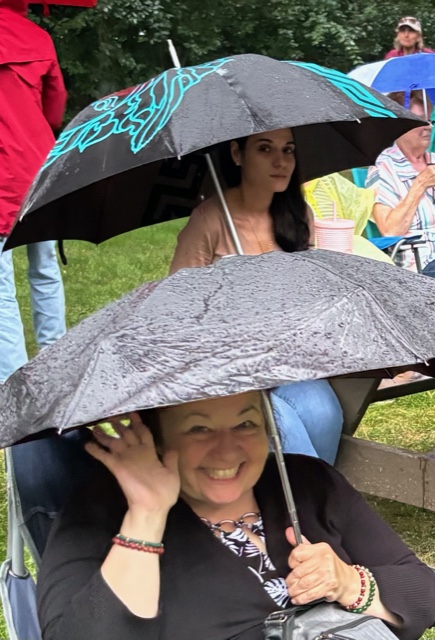




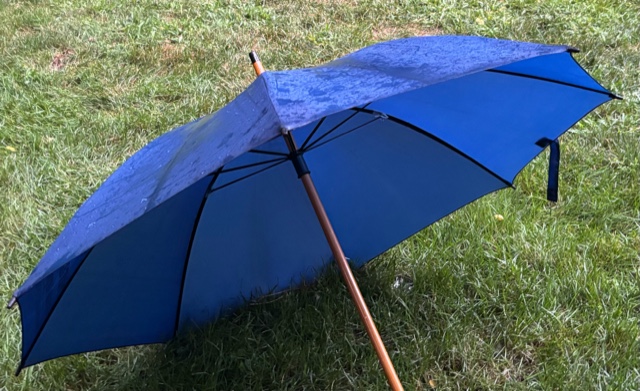
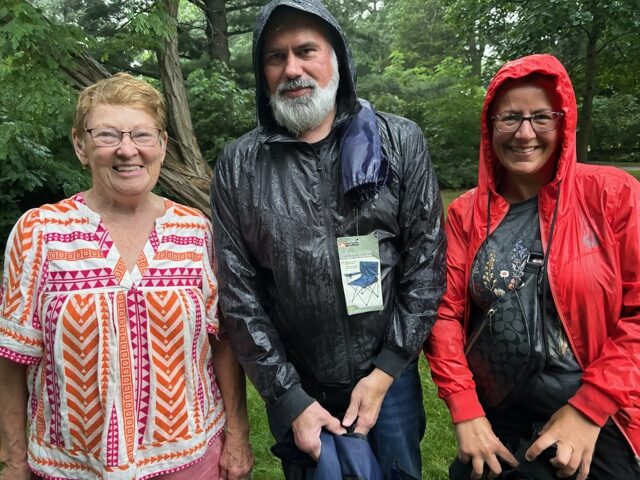

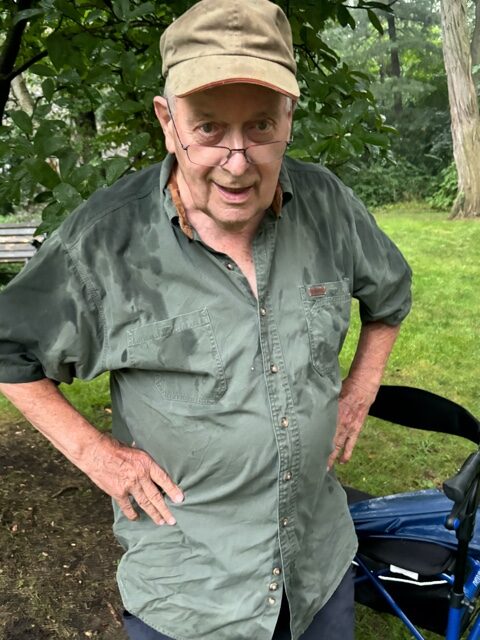
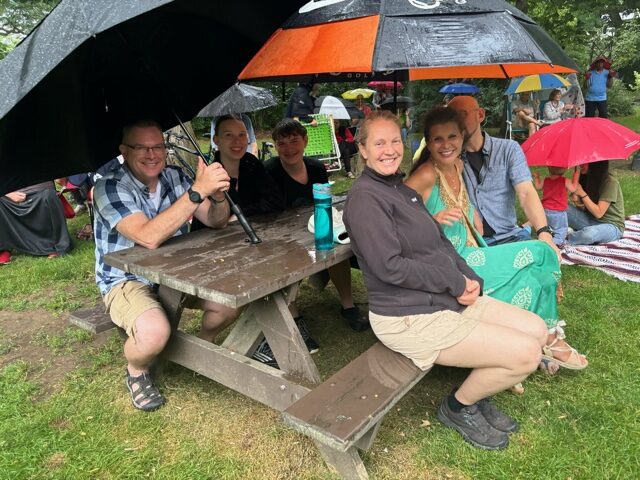

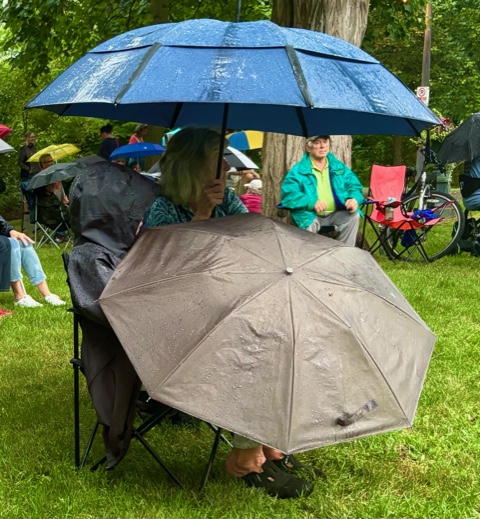

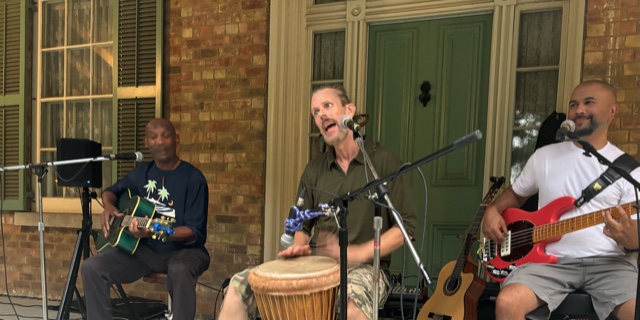





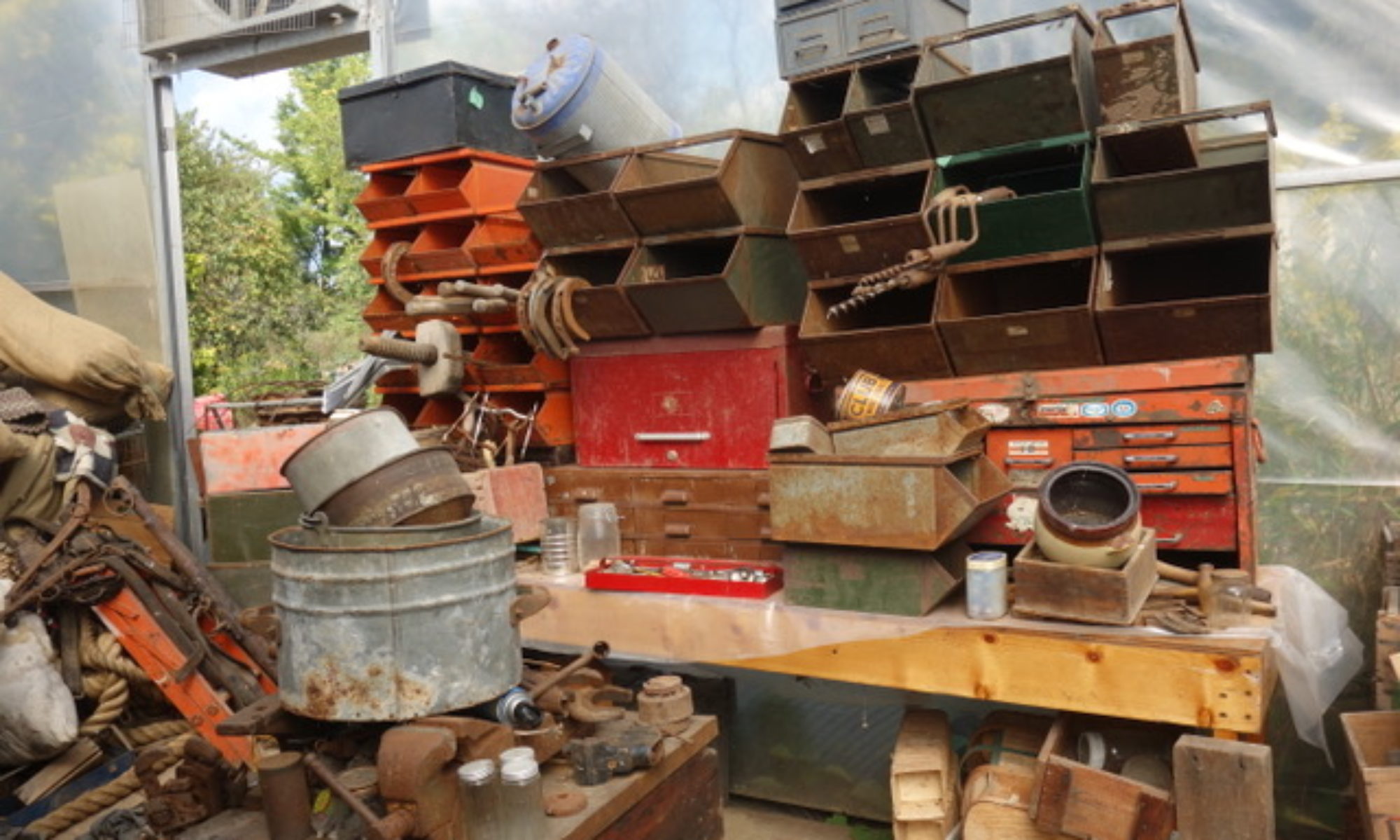
Alan's Oeuvre
























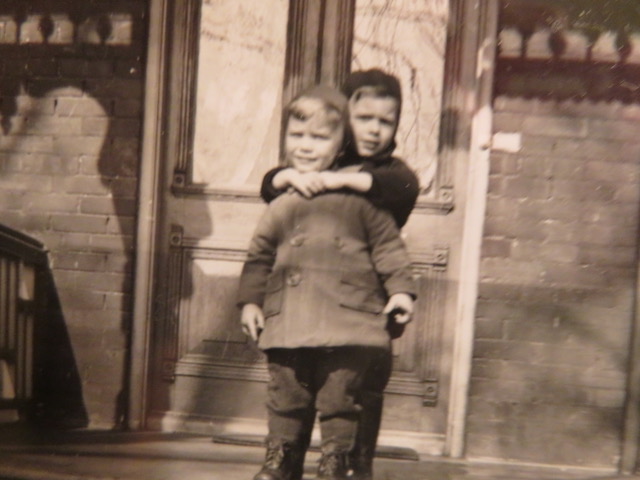
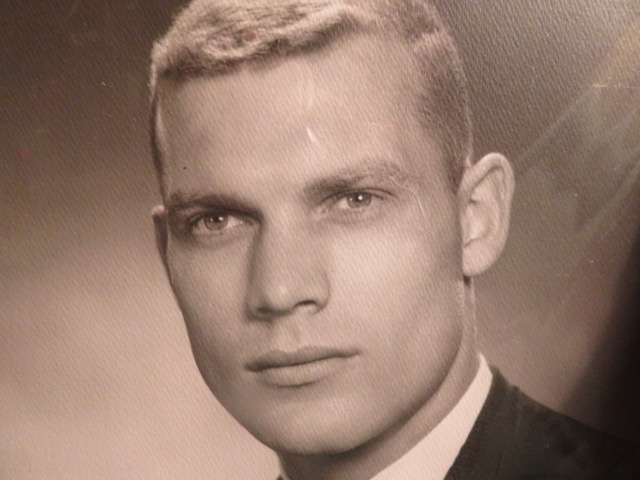
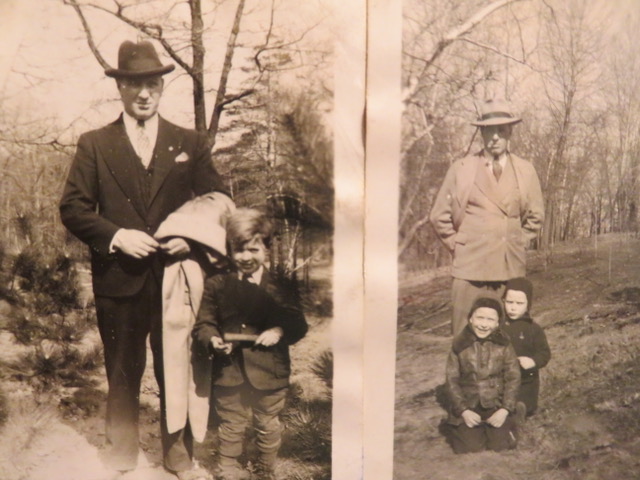

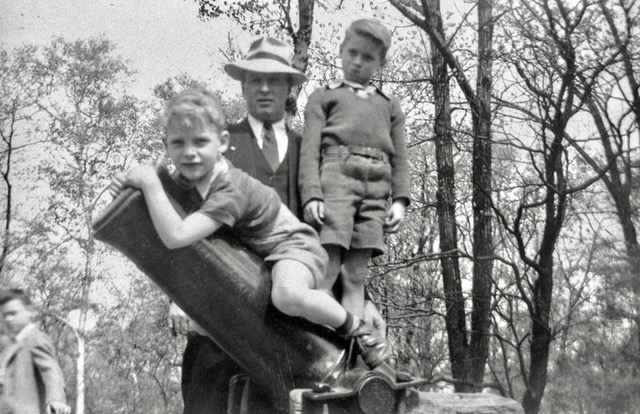
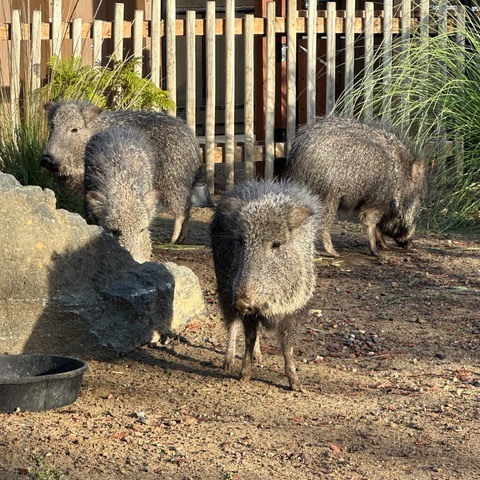
Peccaries (also javelinas or skunk pigs) are pig-like ungulates of the family Tayassuidae(New World pigs). They are found throughout Central and South America, Trinidad in the Caribbean, and in the southwestern area of North America. Peccaries usually measure between 90 and 130 cm (2 ft 11 in and 4 ft 3 in) in length, and a full-grown adult usually weighs about 20 to 40 kg (44 to 88 lb). They represent the closest relatives of the family Suidae, which contains pigs and relatives. Together Tayassuidae and Suidae are grouped in the suborder Suina within the order Artiodactyla (even-toed ungulates).
Peccaries are social creatures that live in herds. They are omnivores and eat roots, grubs, and a variety of other foods. They can identify each other by their strong odors. A group of peccaries that travel and live together is called a squadron. A squadron of peccaries averages between six and nine members.[1]
Peccaries first appeared in North America during the Miocene and migrated into South America during the Pliocene–Pleistocene as part of the Great American Interchange.
They are often confused[2] with feral domestic pigs, commonly known as “razorback” hogs in many parts of the United States,[3] when the two occur in the wild in similar ranges.
The Maya kept herds of peccaries, using them in rituals and for food.[4] They are kept as pets in many countries in addition to being raised on farms as a source of food.[5]
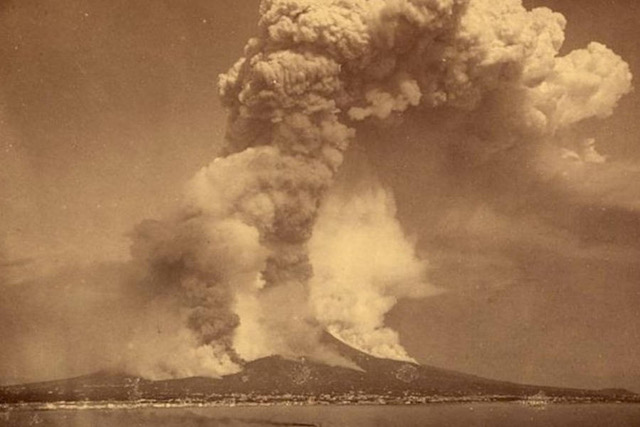





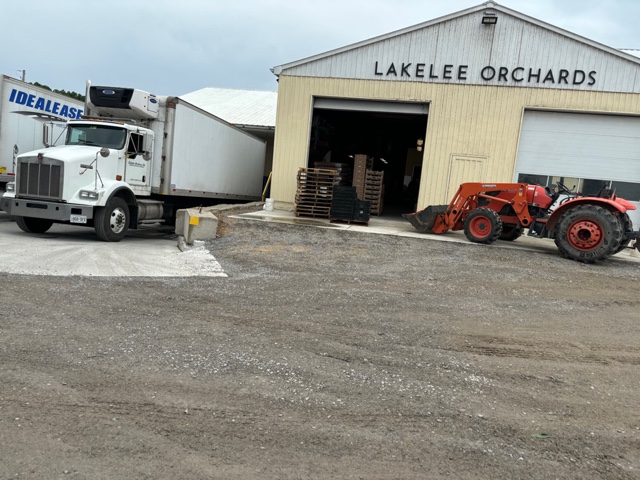

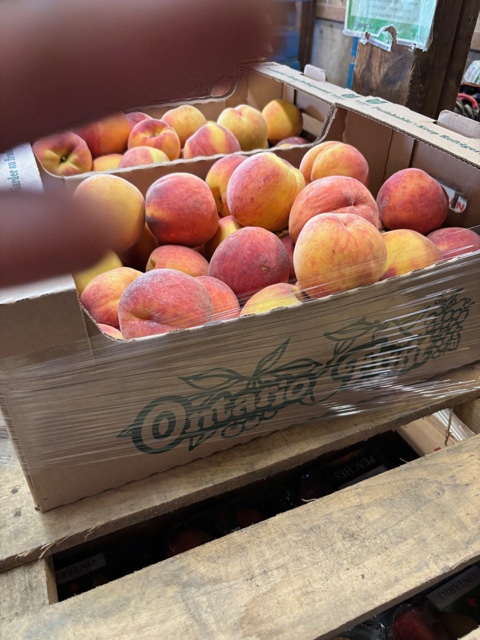
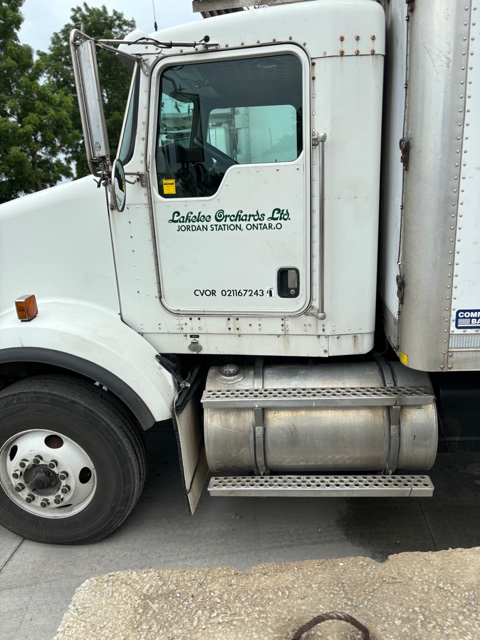
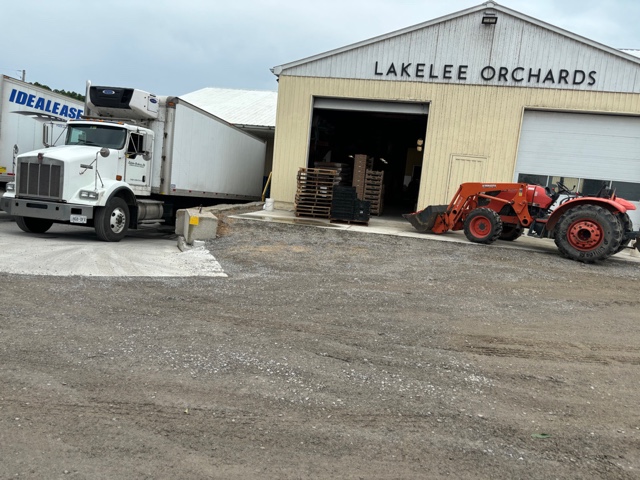
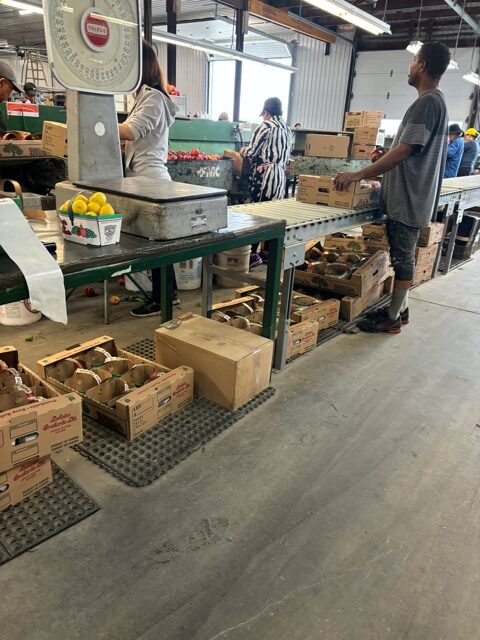
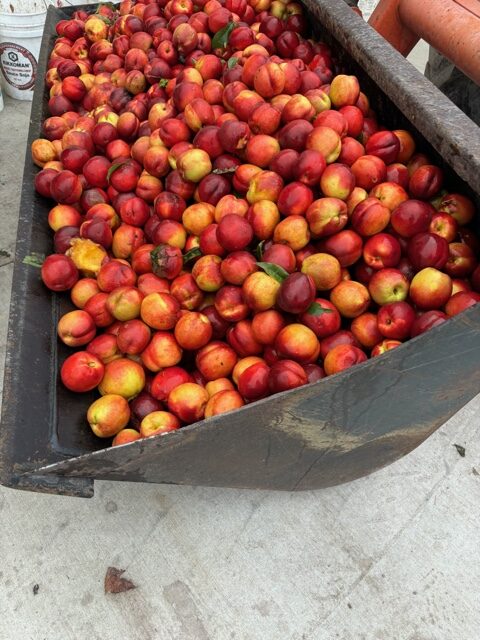
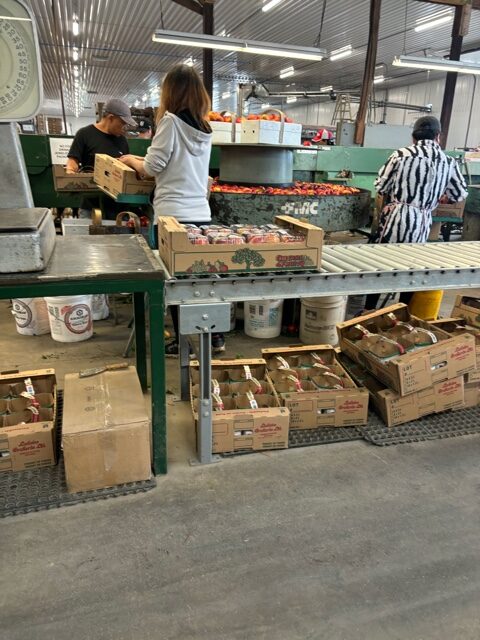
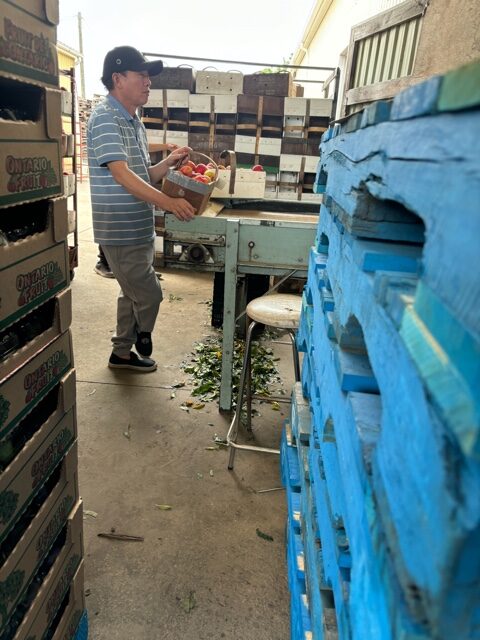
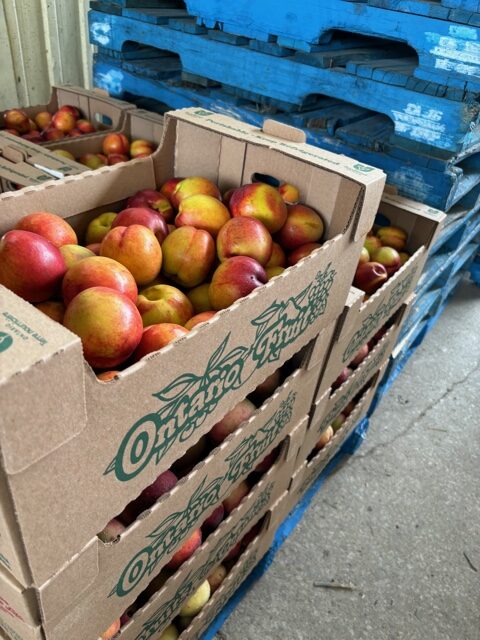

Begin forwarded message:
From: ALAN SKEOCH <alan.skeoch@rogers.com>Subject: Fwd: EPISODE 177 THE MCCORMICK REAPER PROJECT , CIRCA 1981Date: November 28, 2020 at 7:24:15 PM ESTTo: Eric Skeoch <ericskeoch@rogers.com>, Eric Skeoch <ericskeoch@hotmail.com>
Begin forwarded message:
From: ALAN SKEOCH <alan.skeoch@rogers.com>Subject: EPISODE 177 THE MCCORMICK REAPER PROJECT , CIRCA 1981Date: November 25, 2020 at 9:31:20 PM ESTTo: Alan Skeoch <alan.skeoch@rogers.com>, Marjorie Skeoch <marjorieskeoch@gmail.com>, John Wardle <john.t.wardle@gmail.com>
EPISODE 177 THE MCCORMICK REAPER PROJECT
Percy Lloyd purchased this repolica McCormick Reapeer and housed it in his small museum near Merlin, Ontario.
alan skeochNov. 2020McCormick Reaper…scale model of the 1831 invention of Cyrus MCCormick as restored in our back yard and chicken coop around1981…half a century after 100 scale models were built to celebrated the century of The McCormick Reaper.THE ADVENTURE REBUILDING A MCCORMICK REAPER (CIRCA 1931, REPLICA 1931)This McCormick Reaper may look primitive to readers when placed beside a picture of a modernCombine Harvester. When the picture is placed beside the original model reaper built by CyrusMcCormick in 1831 this picture looks quite sophisticated. Technology changes. And change continuesto happen.THE CYRUS MCCORMICK REAPER PROJECT“Alan, aren’t you getting yourself into this project a little too deeply? What do you know about repairing…rebuilding….historicmachines?”“True. But I just could not let the opportunity slip by.”“But you are dealing with big shots…an executive with the Mellon Bank of New York. Why didn’t youtell him you were a high school teacher…a teacher of history?”“I guess I found it easier to say yes than to say no.”“Could be a deep hole you are stepping into.”“I know…makes me a bit nervous.”“How did they get your name?”“I think Peter Cousins at the Dearborn Museum … near Detroit …musthave passed my name along. I had been doing all that research on machinetechnology much of which was centred on the collection of Henry Ford.”“What are you going to do now?”“Well, first thing is to get the machine and bring it here.”“Where will you put it” Sounds like a big machine.”“I’m emptying the garage….the McCormick Reaper is aboutthe size of a car.”“You have already converted part of the garage and the attachedold mink house into a chicken coop. Where will the chickens go?”“Nowhere. They will keep the Reaper company…lots of room.”“Alan, our home is not a farm.”“Lucky we have this huge lot…lucky we live on the old Mississaugareserve with non conforming property lines…lots of room.”“is this legal?”“Perish the thought.”“Next step?”“To get the reaper and bring it here.”“How?”“Gary Duncan has offered to help. His brother runs a truck rental agencyand has offered a five ton truck for Saturday. Gary and i will drive downto Merlin.”“Merlin?”“Small farm outside Merlin where the current owner of the reaper keeps hiscollection of things.”(Note: Forgot his name at the moment but remember him so well)“How will you load the reaper?”“Easy…the five ton has an hydraulic ramp…piece of cake.”WHEN the rental truck failed on Highway 401 , we tuned to our Ford Van and a little trailer as an alternative. Here is a picture witha different load and one of ours sons, Kevin, tightening up the straps. The McCormick Reaper was loaded successfullyUnfortunately the ‘Piece of cake” was not that easy. The five ton truckbroke down on the 401 before we really got out of Toronto.My van would have to be the back as Gary and Iheaded for Merlin, a small town south west of Chatham. East ofWindsor…east of Detroit.The cutter blades were designed differently from the BellReaper…more like a saw than garden shears.“How can you carry the reaper in your truck?”“We’ll put it in the trailer.”“I thought the trailer was broken. Didn’t it come loose andend up in a swamp near Fergus”“That was months ago. Got it fixed.”“Will the reaper fit onto a two wheeled homemade trailer?”“Hope so.”Gary and I managed to get to Merlin without trouble. The retiredfarmer (whose name I must find again) met us at his small twostorey drive shed where he kept the reaper.“Let me help get the reaper onto the trailer…two long planks should do it.”“Really only need one plank…the McCormick Reaper has only one bull wheel.”“Between the three of us we can get her on…winch attached to the truckand one of us on each side so it does not tip. ““Moving up a foot at a time. There. Done. Now we’ll lashit down…”I remember clearly speaking with the owner of the reaper but cannotbe sure how he got the machine. I think he said that the reaper hadbeen on display for a time and then put into some kind of storage shedwhere it sat for decades.One thought kept bothering me. “How could such a delicate machinehave survived for such a long time? No apparent invasion from powderpost beetle. Almost intact.”I found out later that the reaper we strapped down on my trailer was not thereaper everyone thought it was. It had not been built in 1831 byCyrus McCormick. This machine had been built a hundred years later in 1931 to celebratethe McCormick invention. A replica. One hundred scale models had been builtby the International harvester Corporation to celebrate the original inventor.That knowledge was a bit of a relief. I would not be fooling around witha machine that was really historic. There might be a few others aroundsomewhere even though there was no evidence of such. If this had beenthe original McCormick machine it should have gone directly to the Smithsonainin Washington. One McCormick replica did exist in the Dearborn collection.But perhaps the Dearborn Museum McCormick reaper was ancient. Nowsafely on display. Protected. In no danger.In short, I was more relieved that mine was a replica. More pleased than disappointed. I would not be restoringthe Mona Lisa.“So what are you going to do with the money?”, I asked gently“It will pay for my funeral.”“I beg your pardon,” I really was not sure I heard him correctly.“When I die, this money will bury me…cover any funeral expenses.I won’t be a burden on my family that way.”There was not much more we could say.With that touching comment, Gary and I revved up my Ford van andbegan our careful return to Mississauga. It was a long day but we gotthe reaper home and rolled it into the garage (chicken coop) for therestoration to begin.All the immediately visible parts were evident but in the back of may mindI wondered why we could roll it so easily. Must be an idling pulley or some arrangementthat kept it out of gear for moving around.The next discovery really knocked me for a loop.In this picture you can see the big but gear clearly…bevelled, sprocketed.“Where is the bull gear?”“Bull gear?”“The main gear…the sprocketed bevelled gear that converts the forward motion of the horseinto power that drives the cutter bar. “That discovery was made when we got the reaper to Mississauga. There was ‘no joy in mudville’ that day.Sure enough the large cast iron bull gear was missing. Any other missing part might be replaced. Theabsent bull gear was a devastating discovery. If I was a real mechanic I would have noticed. What couldi do? How could I get another bull gear. Even if I toured every scrap yard in North America itwas unlikely I would find another bull gear.In shock, I sat on a stool beside the machine. Afraid to tell anyone. Fully aware that such a gear couldnot be found. Nor could a bull gear be made. The pattern…the sand mould…had been dumped intogarbage back in 1931. Here i was half a century later telling a banker I could restore the reaper. Tellinghim a big lie. I should have qualified my answer…should have said I would take a look at the job.Instead i had agreed with him on a telephone call. Thankfully there was no formal contract. Maybe I couldweasel my way around the situation. That would make me look like a fool of course…which was nothing new.“Alan, where could you find another bull gear?”“The only place possible is the McCormick reaper on display at the Dearborn Museum.”“Well?”“Well, I could hardly go into the museum and remove the bull gear from a prize exhibit. Thatwould be like taking Mona Lisa’s smile. No one would let me do that. I am in trouble.”“You could ask Mr. Cousins. Nothing ventured nothing gained.”“OK…I’ll give it a try.”Ring, Ring , Ring“Peter, this is Alan Skeoch from Canada, I have a big favour to ask.”“Yes.”“Would the Ford Museum let me take the bull gear off the McCormick Reaper.I am in a real box here as that bull gear is missing and the only way I cansee around the problem is to get your display model’s bull gear and thenget it duplicated somehow.”Pause…long pause…”Yes, I suppose that could be done. Be careful, give me afew days to get the clearance then come down here a take the gear away for a month or so.”“Great, Peter, I will fly down on the week end.”“Bring your own tools…I will get you a pass.”So I was on my way. One step at a time. I really did not know what i would do withthe bull gear if I did manage to get it off the reaper. I would have to use it to makea sand mould and then find some factory that would be able to pour molten ironinto the mould. But that would be the next step. First, I had to get the bull gear.One step at a time, Alan.“Marjorie, book me on a flight to Detroit … need one night in a hotelnear Dearborn. You were right. Peter Cousins has given me a permit toborrow the McCormick bull gear.”“Do you know how to get it off the machine?”“Nope. But I will figure it out.”“Alan, this project is costing us a lot of money. How much are you being paid?”I asked for $1,500 …same as the Merlin farmer got.”“Our costs are mounting up. How much do you think it will costto get a new gear made?”“I would rather not think about that.”Marjorie did not say it directly but she was likely thinking about that oldsong…’Fools rush in where Angels fear tot red.’ Cool down, Alan, onestep at a time. Get your tools together.“Let’s see…a set of open ended adjustable wrenches, a hammer…and mostimportant a spray can of nut loosening lubricant, a mechanics overalls…a peakedcap to hide my eyes…a nice new red tool box…maybe an electric drill?No, scrap the drill idea…too likely to do damage…also need a sports bag to bringthe gear home.”“Alan, can you bring a bull gear across the border?”“Not sure…one step at a time.”Once again a dash of serendipity helped me on that score…more than a dashof serendipity for that matter. That will come later.It was late August when I flew to Detroit with my tool kid. Flew alone. No holiday. Thiswas business. Booked into a fancy hotel with an interior glass walled elevator as I remember.No joy alone in an hotel. Made me feel sorry for sales executives. Lone hotel roomsalways remind me of the great John Candy movie titled Planes, Trains and Automobiles…alonely lost gregarious man ever on he move.Early next day I put on my overalls and baseball cap. (Did promote the Detroit Tigers? Can’t remember),grabbed my tool box and took a cab to the Food museum where my pass was waiting. Smooth at thebeginning until I stepped across the rope fence around the McCormick Reaper.I set down the tool box and begin disassembling the reaper. Carefully. Soon a small crowdwas watching. Unusual to see a featured machine being taken apart. Like a watch repairman Iset the pieces in line. I was scared. What if I broke something. I soon got down to thebull gear. Great brute of a gear. Quite stunning really. A piece of art. I managed to getthe shaft clear. All that I had to do next was slide the gear off the shaft.Whoa! I pulled…twisted…tapped. Failed on all counts. The bull gear was rusted tightto the shaft. By this time the crowd was bigger. “Keep calm, Al…no perspiration…act likeyou know what you’re doing.”“She’s trusted tight, folks. Old as the ages.”Calm …Al…keep calm.“Just a good shot of penetratng oil should help.”And I gave both ends of the bull gear a good soaking.“Give the stuff a moment or two to soak in, folks. And watch this.”At which point, I grabbed the bull gear with both hands … twisted …the gear came loose.Just for effect I spun the big gear and it whirled like a spinning dervish down the shaftwhere I caught it, set it down,..and…And did I turn to the crowd and take a bow? I wantedto do that but then carefully put the parts back on the reaper. Packed up my tool box aftergiving the can of penetrating oil a kiss. No, I did not kiss the can. I wanted to kiss the canbut that would reveal too much about my state of nerves.Before leaving the museum I dropped in on Peter Cousins to thank him andthen another wonderful thing happened.“have you got anyone willing to make a casting for the new bull gear?”I looked quickly at Peter. Was he setting me up? He was a serous kind of guy.No light talk. No jokes.“Not yet.”“Here take this phone number. This fellow owns a factory outside Detroit. He mightbe able to replicate the bull gear for you.”So there was another big step in the project. As things turned out the factory ownerwas quite willing to make me a new gear. No small task. I expected it would costa fortune.“How much will that cost?”“Nothing…do it as a favour for you guys on the other side of the border. ““No, I will pay.”“Nope, won’t let you…call it a neighbourly act … done for that old grouch Cyrus McCormickwho has been dead for years.”A couple weeks later the new gear was made and somehow I managed to get thegear from Detroit to Mississauga without a problem. Sam Markou, a good friend, wasin our truck when I brought the gear across the border. We were sent to a specialholding area where I explained the project to Canadian border guards. They clearedthe import. Not sure they cared much about it. This new bull gear was small potatoes inthe great scheme of things. A blip.I worked all that fall improving the reaper. Some wood parts had to be refashioned. A wholenew reel windlass for instance. Easy work though even for a left handed historian.Word got out to the local paper and a feature story was written. Friends came by oftenEven our boys, then quite small, showed an interest. The McCormick reaper project wasa rock thrown in a small pool. The ripples spread out.Then the fateful day arrived and I built two gigantic wooden crates for the reaper and theseparated cutters and wooden bed. All crated up and shipped air freight to theUlster National Folk Museum of Northern Ireland.There it rests today. At least i think it is there. We have never heard a word about it.I am not sure that anyone in Northern Ireland gives a sweet goddamn about the modelMcCormick Reaper.

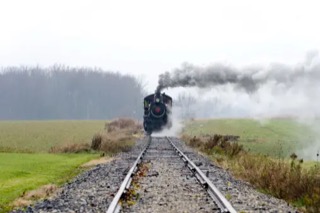
TRAIN THEY CALL THE CITY OF NEW ORLEANS
Riding on the City of New Orleans Illinois Central Monday morning rail Fifteen cars and fifteen restless riders Three conductors and twenty-five sacks of mail All along the southbound odyssey The train pulls out at Kankakee Rolls along past houses, farms and fields Passin' trains that have no names Freight yards full of old black men And the graveyards of the rusted automobiles Good morning America how are you? Don't you know me I'm your native son I'm the train they call The City of New Orleans I'll be gone five hundred miles when the day is done Dealin' cards with the old men in the club car Penny a point ain't no one keepin' score Won't you pass the paper bag that holds the bottle Feel the wheels rumblin' 'neath the floor And the sons of Pullman porters And the sons of engineers Ride their father's magic carpets made of steam Mothers with their babes asleep Are rockin' to the gentle beat And the rhythm of the rails is all they dream Good morning America how are you? Don't you know me I'm your native son I'm the train they call The City of New Orleans I'll be gone five hundred miles when the day is done Nighttime on The City of New Orleans Changing cars in Memphis, Tennessee Half way home, we'll be there by morning Through the Mississippi darkness Rolling down to the sea And all the towns and people seem To fade into a bad dream And the steel rails still ain't heard the news The conductor sings his song again The passengers will please refrain This train's got the disappearing railroad blues Good night, America, how are you? Don't you know me I'm your native son I'm the train they call The City of New Orleans I'll be gone five hundred miles when the day is done